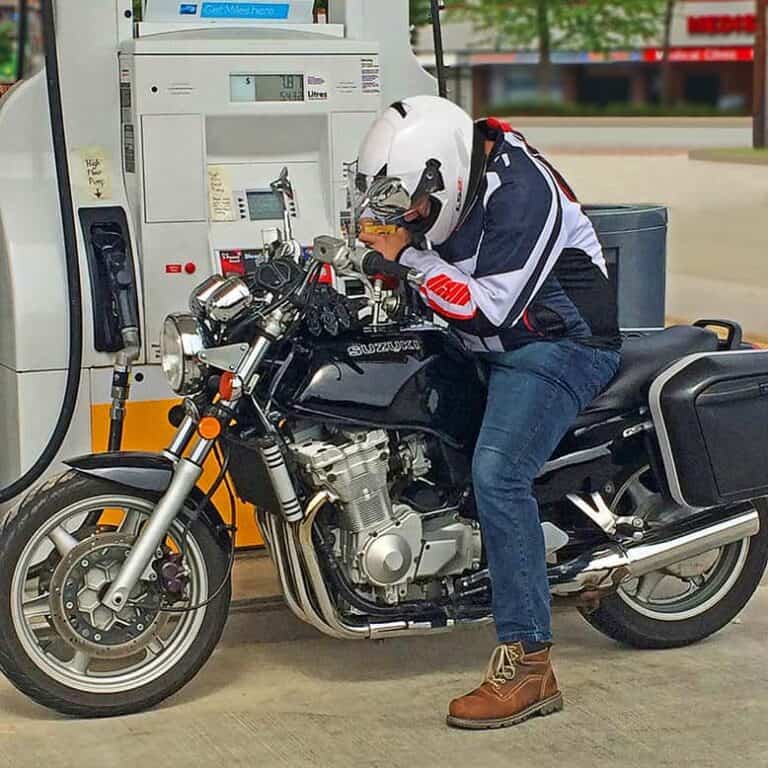Arguably, one of the very first questions any beginner has is about what cc motorcycle they should get.
There are just so many motorcycles, and many numbers are through around, making matters very confusing.
What CC should a beginner get? Generally, a 250cc or a 650cc v-twin motorcycle will suit a beginner rider better than more powerful motorcycles or motorcycles with an inline-4 engine. New riders should avoid motorcycles with larger engines because they can be too powerful or unpredictable.
These CC ranges are the ones that are most commonly used by beginner riders. But these numbers do not tell us the whole picture as there is more to motorcycles than just engine size.
If you want to know more, continue reading below; I go into way more detail.
Table of Contents
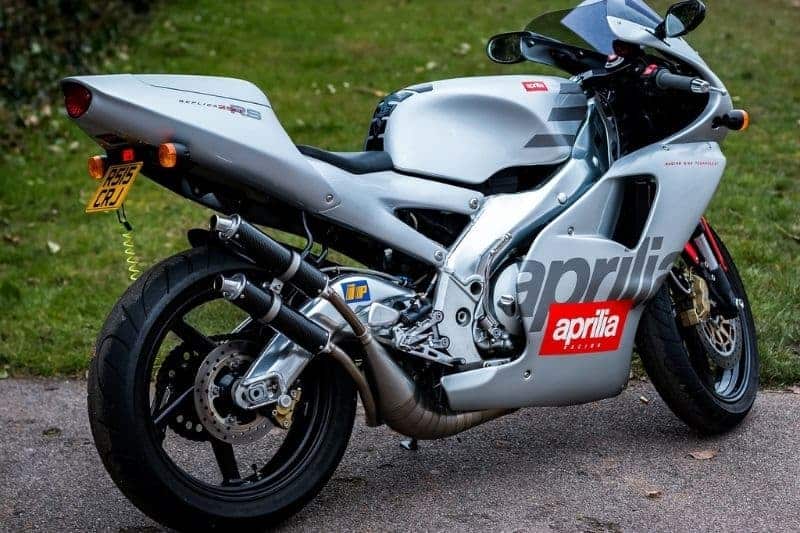
Best CC for a beginner
Street motorcycles
Most 250cc to 500cc street motorcycles can make for excellent beginner motorcycles. But 650cc motorcycles are suitable for beginners, too.
This does not mean all motorcycles below 650cc are recommended.
For example, 600cc motorcycles are often not suitable for beginners because many of these motorcycles come with inline-four engines that are not as predictable and forgiving.
Inline-four engines tend to have higher top speed, less torque power at the low end, and a notable jump in power at higher RPMs, which can catch beginners off guard. In contrast, a v-twin engine tends to have a smoother performance with higher torque values throughout the whole rev range. That said, even inline-four engines can vary in how they perform.
Cruisers
Cruisers are another category altogether.
Cruisers are not designed to perform the same way sportbikes are. They are designed to have high torque and power throughout all RMPs. As a result, they are more sluggish although equipped with higher cc engines.
Even 1100cc cruisers are not very fast, but they can be hard to ride because they are usually large and heavy.
Going with cruisers that have a lot of ccs is not recommended for beginners.
The best cc size for beginners when it comes to cruiser-type motorcycles is around 500cc to 750cc, like the Honda Shadow 750, which is very reliable and has plenty of power but nothing too extreme.
Dirt bikes
When it comes to dirt bikes, things, yet again, can vary a lot.
Generally, 200cc to 250cc 4-stroke dirt bikes are good for beginners to start on. They have more linear power, making them more manageable but have more expensive maintenance. Some riders can start on smaller 125cc 2-stroke dirt bikes, depending on what type of riding they will do.
Adventure bikes
As you can guess, adventure bike are also different beasts. If you are a beginner I suggest you Strat with a bike that as between 250 cc et 650 cc. Even with a 650 cc you can have a lot of difficulty.
There is a big demand for big adventure bike, but don’t get too excited. Those bikes are heavy and they are way more difficult to handle specifically off-road. There is plenty of adventure bike to chose from in smaller displacement. Some of the popular models are the CRF250L, CRF300L, DRZ400S or SM, the Honda CB500X the BMW310 GS to name a fiew.
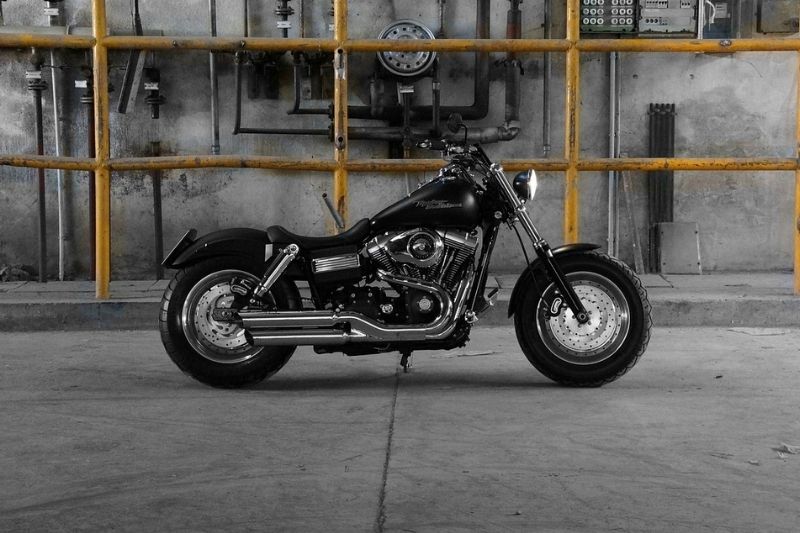
How many CCs is too much for a beginner?
Technically speaking, people can start on any motorcycle. Complete beginners can start, and have been known to start, on 300cc, 600cc, 1000cc motorcycles, and even more powerful motorcycles.
Here’s the thing.
Even a 50cc can be too much and get the rider in trouble if the motorcycle is not treated with the necessary respect and ridden maturely.
That being said, some countries do have certain laws and regulations that can limit how much cc a beginner rider can start on depending on their experience, like Singapore and Australia, for example.
Most v-twin motorcycles like the Suzuki SV650 are very manageable due to their reasonable power and predictability and can make for great beginner motorcycles.
However, 600cc inline-fours or 675 inline-threes are a lot more dangerous. They can be significantly more powerful and unpredictable and be too much for a beginner to handle.
The general consensus is that up to 650cc v-twins are suitable for beginners. When it comes to inline-four engines, smaller ones like 400cc can be good, too, like the Honda CB400, but larger inline-four and inline-three engines are not recommended for beginners.
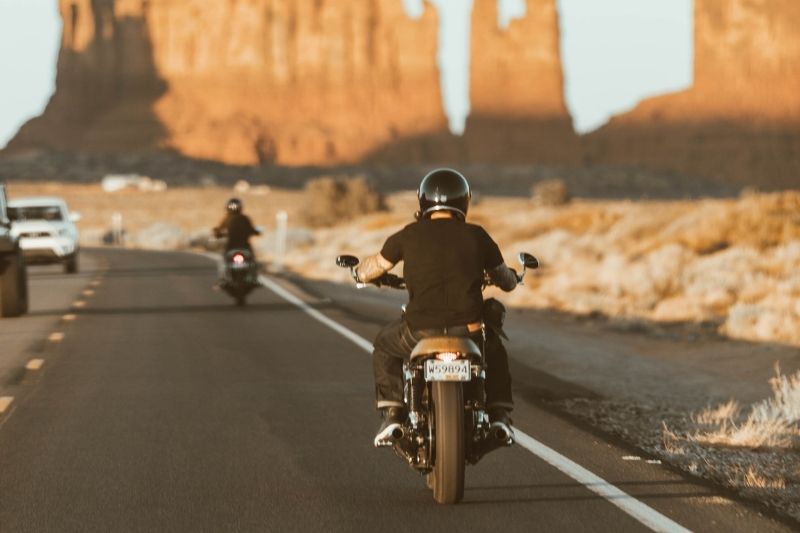
How to choose what CC motorcycle you should get as a beginner
The best way to pick the right cc motorcycle for you is to pass an MSF course. MSF courses are totally worth it, and they are not very expensive. MSF courses usually provide 250cc motorcycles, but sometimes motorcycles between 100cc and 500cc are also offered.
Passing an MSF course will not only develop your riding skills but also allow you to get a good feel for how motorcycles in specific cc ranges feel. Although many riders initially aim for more powerful motorcycles, they often realize they do not need such a powerful motorcycle after the MSF course and scale down, so to speak.
Having a good general idea of where to aim in terms of ccs is recommended, but having hands-on experience is vital, and a simple MSF course can help you with that.
Now there are a few factors that you should look into before making a purchasing decision.
City commuting
Your motorcycle should fit the type of riding you will be doing. If you are riding mainly on back roads and around your town, you may not need as powerful a motorcycle as you will if you are riding on highways and interstates.
For general riding around town, a 250cc is more than enough.
Highway commuting
If you are going to be riding on highways a lot, it is recommended to get a powerful enough motorcycle with enough top end to handle highway speeds.
A motorcycle that can reach and maintain 70 mph comfortably while still having enough top-end to quickly accelerate out of dangerous situations is recommended for highway commuting.
This is why going below 250cc is usually not recommended, and 250cc is probably the lower you should go. Most newer motorcycles in that range will do fairly well on highways, but older 250cc models may not perform well enough.
Riders find 300cc to 400cc motorcycles to perform significantly better on highways, but even these motorcycles can be a little sluggish at times, depending on other factors.
Most 500cc to 650cc motorcycles usually allow for a lot more comfortable highway commuting and cruising, with 650cc motorcycles considered significantly better for beginners.
For more information, I recommend going over my articles on how many ccs are needed for the highway, where I go into more detail about the different motorcycles.
Rider’s physical size and height
A motorcycle should always feel comfortable. There are cases where new riders purchase a motorcycle before doing enough research only to find their new motorcycle is uncomfortable, they feel cramped on it, or they cannot safely reach the ground.
Larger individuals should take into consideration their height as not all motorcycles are ideal for taller people. Riders that weigh more usually go with slightly more powerful motorcycles, as well.
Furthermore, the rule of thumb is to pick a motorcycle that you can hold up easily. Beginners are more likely to drop their motorcycle, and a heavy motorcycle is harder to lift. On top of that, different maneuvers at slow speeds can be more difficult to accomplish.
See article: Why you may regret buying a motorcycle
Other factors
There is a number of different factors that will have an effect on how the motorcycle will perform and behave on the road, like:
- The type of engine, its configuration, tuning, number of cylinders, bore/stroke ratio, compression ratio
- The power to weight ratio
- Gearing ratios
- Performance mods
- Aerodynamics
- Tire dimensions and threads
- Braking horsepower (BHP)
- Exhaust system
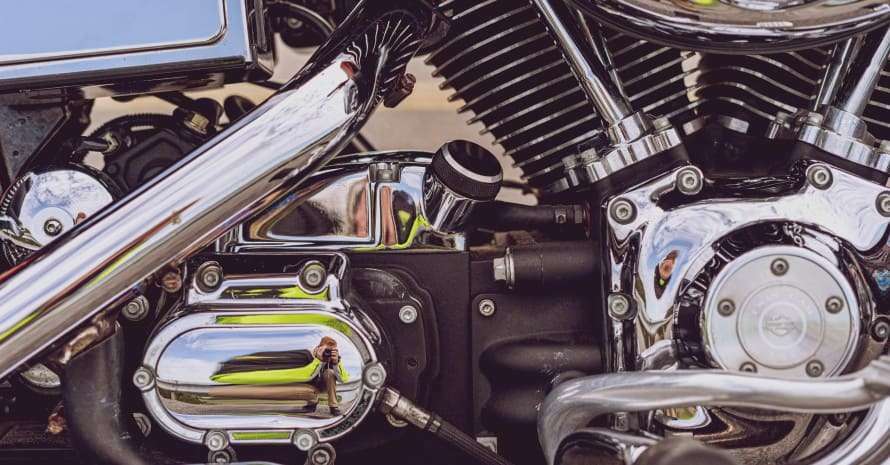
Why it is not all about the CCs
The engine size or the ccs do not tell us the whole picture.
Consider the ccs as a piece of a larger puzzle. We can draw some conclusions based solely on the ccs of a certain motorcycle, but other variables also have to be considered.
Engine configuration, power output, and weight of the motorcycle are often even more important than the cc of its engine.
Let’s take a look at some real-world examples.
Over the years, the different Suzuki SV650 models have come with 650cc v-twin engines capable of a maximum power output of 64 to 75 hp.
In comparison, The Honda CBR600RR has an inline-four 600cc engine, but the different iterations of these motorcycles throughout the years have been capable of generating between 97 up to 107 hp. A notable increase in power.
The Honda VT600C, a cruiser, is also 600cc, but because it has a V-twin engine, it is not very powerful, generating about 42 hp. More than half of what the CBR600RR can do with a similarly sized engine.
Another example.
Sitting at 900cc, the Kawasaki Vulcan 900 can get a maximum power output of 50 hp with its v-twin engine.
On the other hand, the Kawasaki Ninja 650R and the Kawasaki Vulcan 650S, both sitting at a 650cc, both with a parallel-twin engine, have a maximum output of 64.8 hp and 53.5 hp, respectively.
In comparison, The Kawasaki Ninja ZX-6R, with its 636cc inline-four engine, can reach up to 113.8 hp at the rear wheel. And the Ninja ZX-6R motorcycles that come with the 600cc engine can reach between 89.2 and 107.7 hp depending on the year.
While the cc of the engines went down almost twice, the power output increased more than twice. This means that a Vulcan 900 with its 50 hp will be a lot tamer than a ZX-6R.
Should you get a motorcycle with more CCs as a beginner?
Of course, there are always people who may start on a 600cc or 1000cc supersport. Does this mean they will inevitably crash?
Well, no, but it depends.
Many motorcycles rocking more ccs are simply less forgiving if you make a mistake and more difficult to handle.
And the problem is that new riders are more prone to making mistakes.
In fact, even experienced riders who have been riding their whole life admit that they are still learning new things.
See article: How Long Does It Take to Get Good at Riding a Motorcycle?
It is important not to overestimate one’s skill level and capabilities. Motorcycles are powerful machines. They can be very unforgiving, and the consequences can often be very serious. This is why they should be treated with respect and care and ridden maturely at all times.
Many experienced riders recommend starting cheap but safe, often going for a second-hand motorcycle that is not too powerful.
And as you accumulate more experience and your skill level increases, you will get a better idea of what the perfect motorcycle for you should feel like. Then you can adjust accordingly.

Meet Simon, the 46-year-old aficionado behind YourMotoBro. With a lifelong passion ignited by motocross dreams and a Canadian Tire bicycle, Simon’s journey has been nothing short of extraordinary. From coaching underwater hockey to mastering muddy terrains, he’s an authority in thrill and adventure. Certified as an Off-Road Vehicle Excursion Guide and trained in Wilderness First Aid, Simon’s love for bikes is as diverse as his collection—from a robust BMW GSA R1200 to the memories of a Harley Davidson Night Train. By day a respected telephony consultant, by night a motorcycle maestro, Simon’s tales are a blend of expertise, resilience, and undying passion. ?️✨
